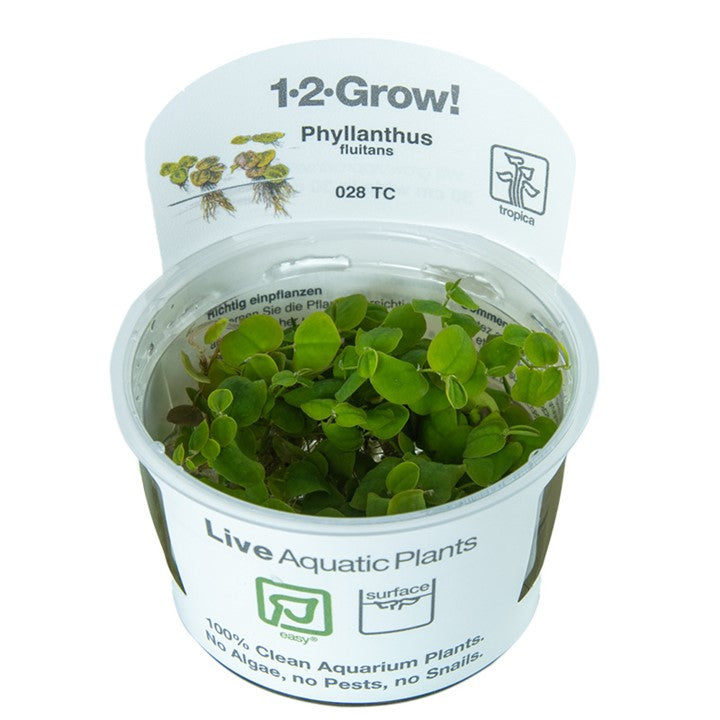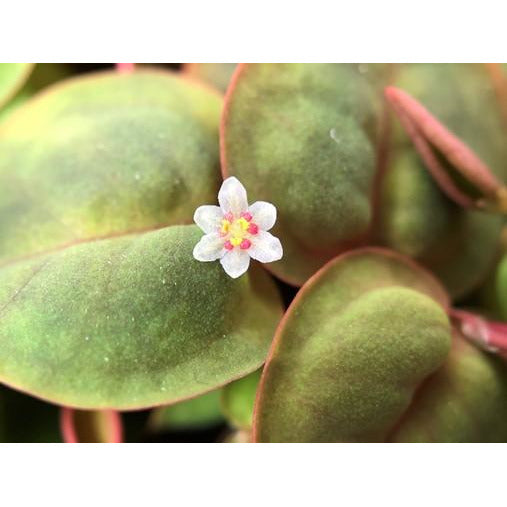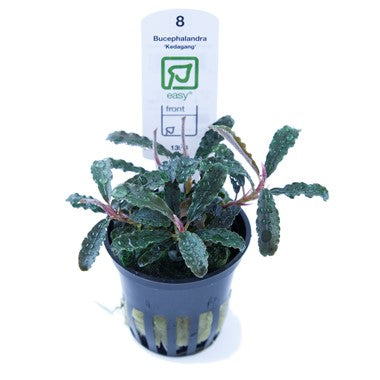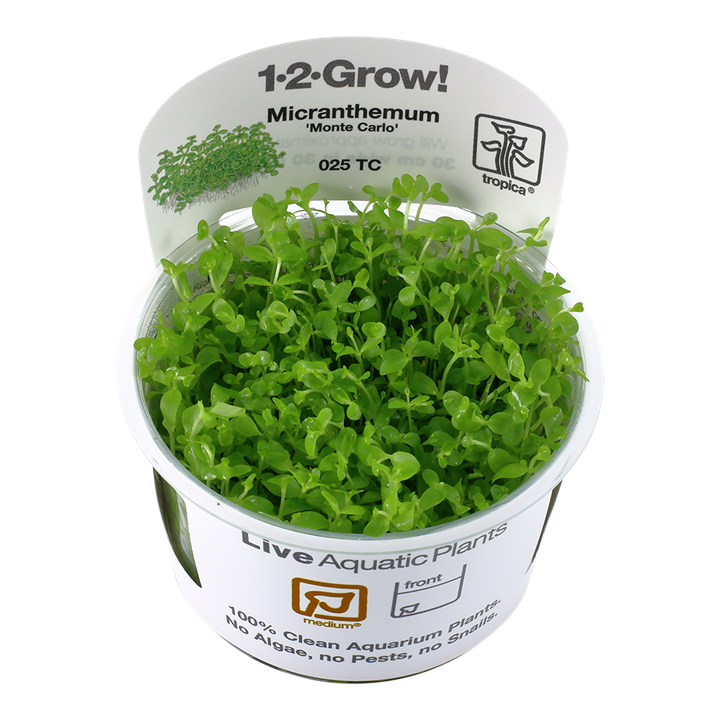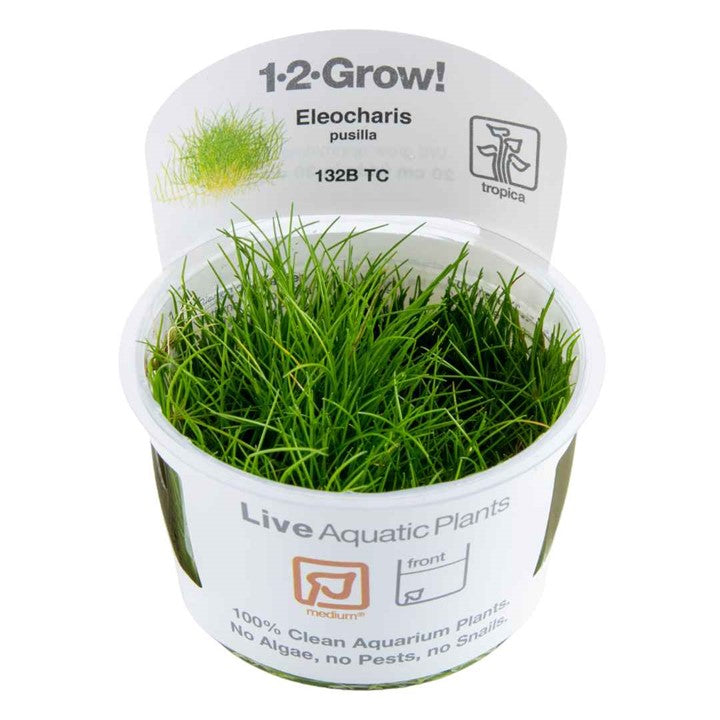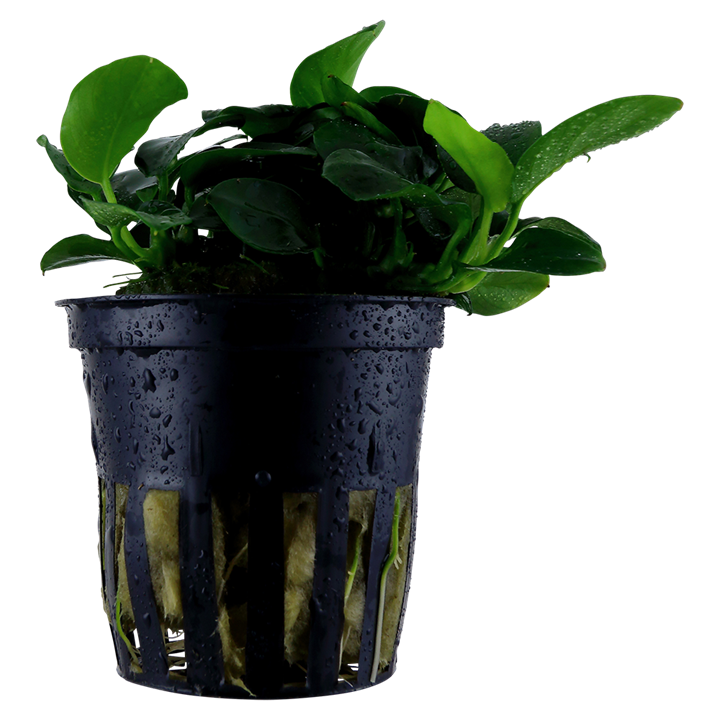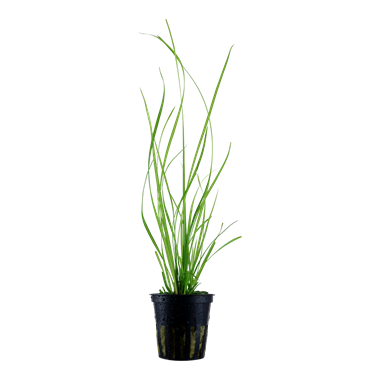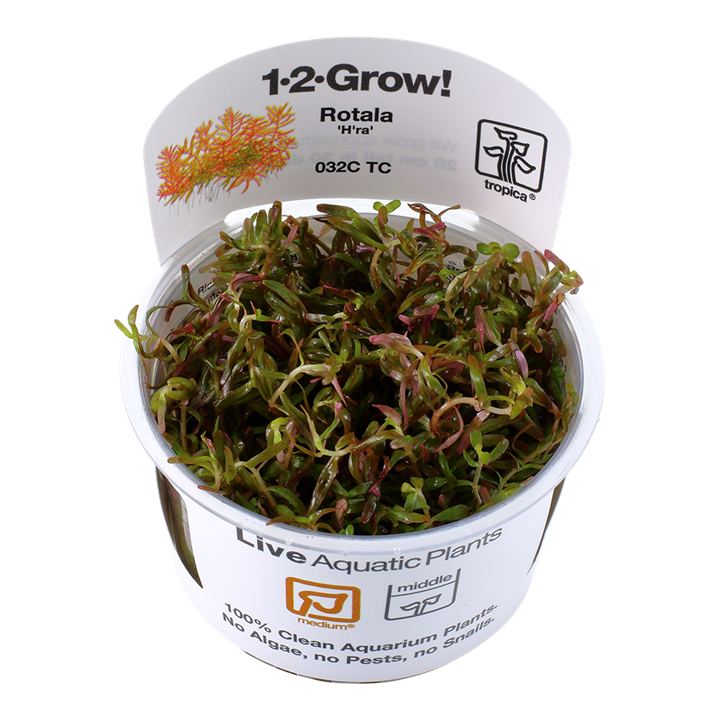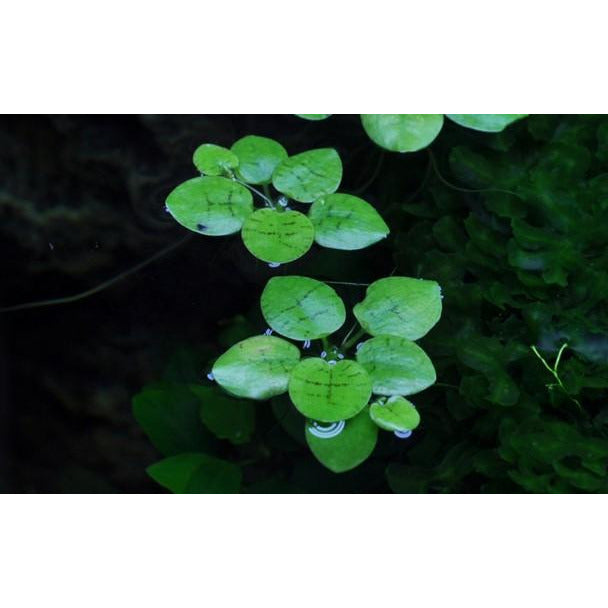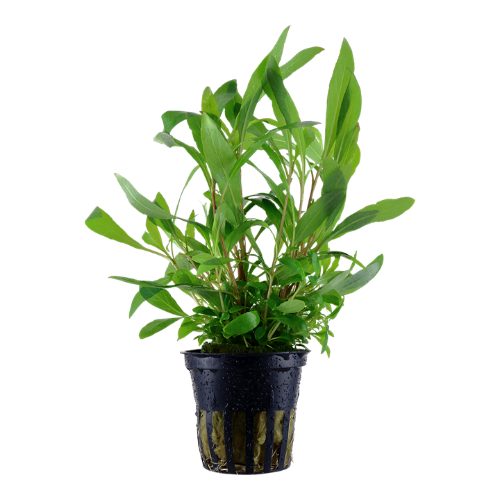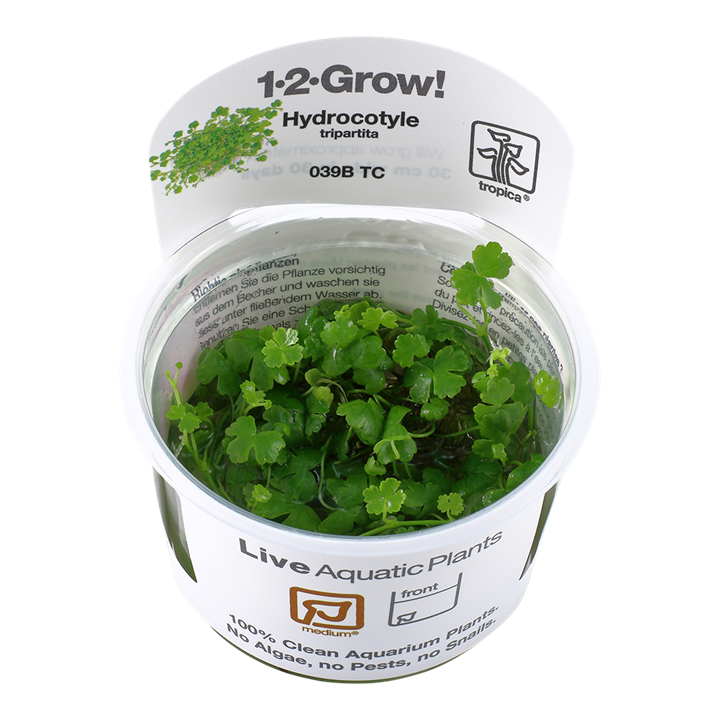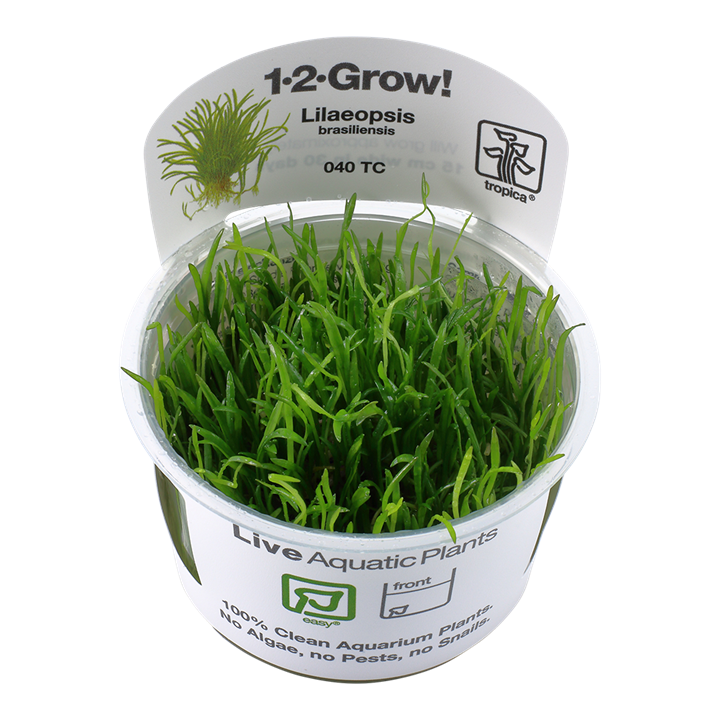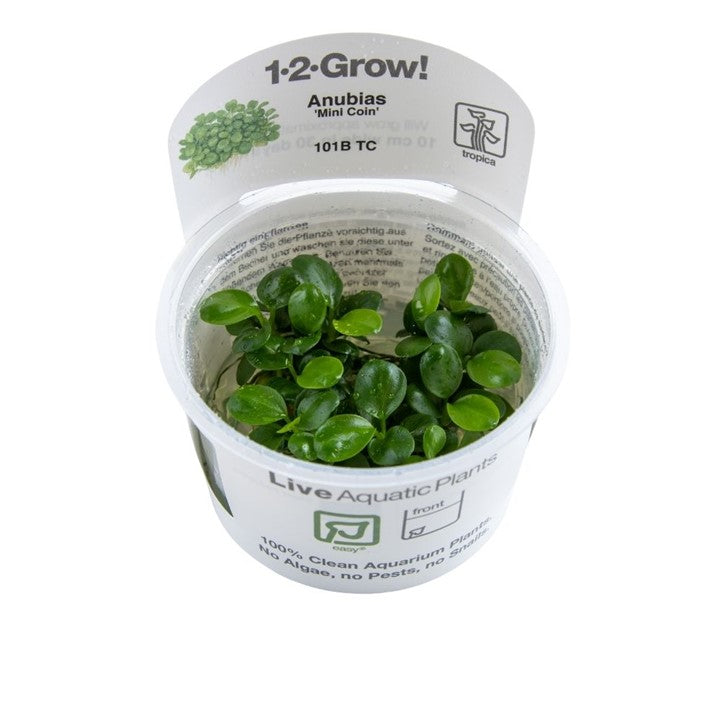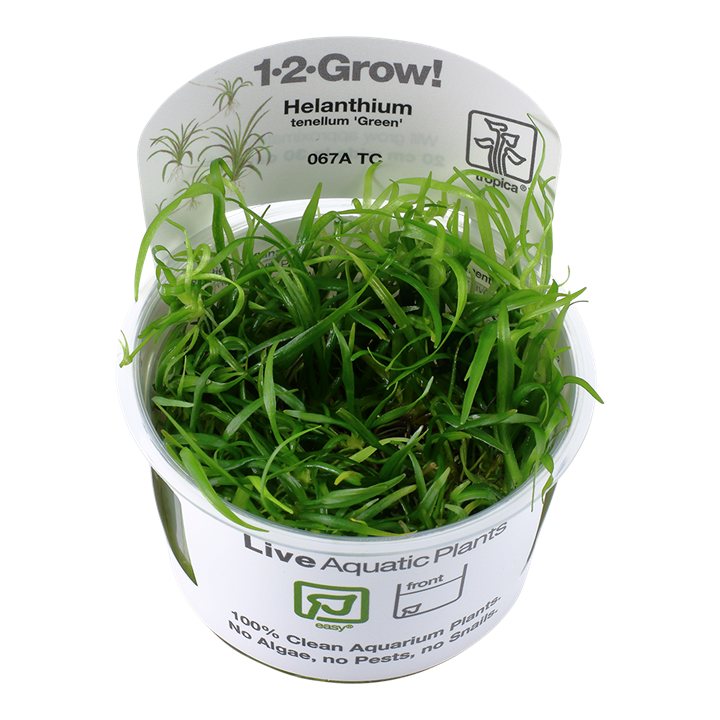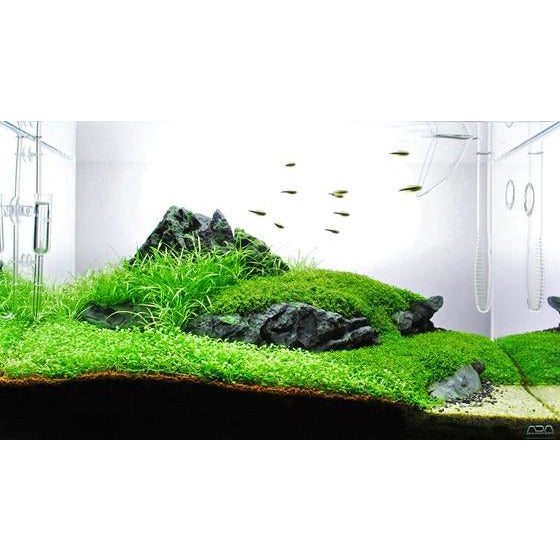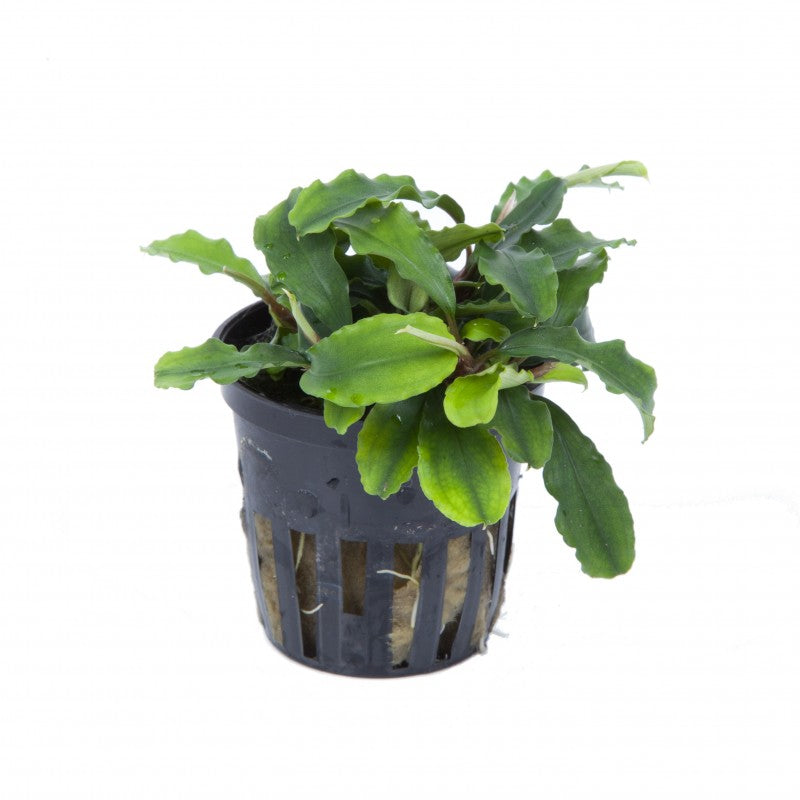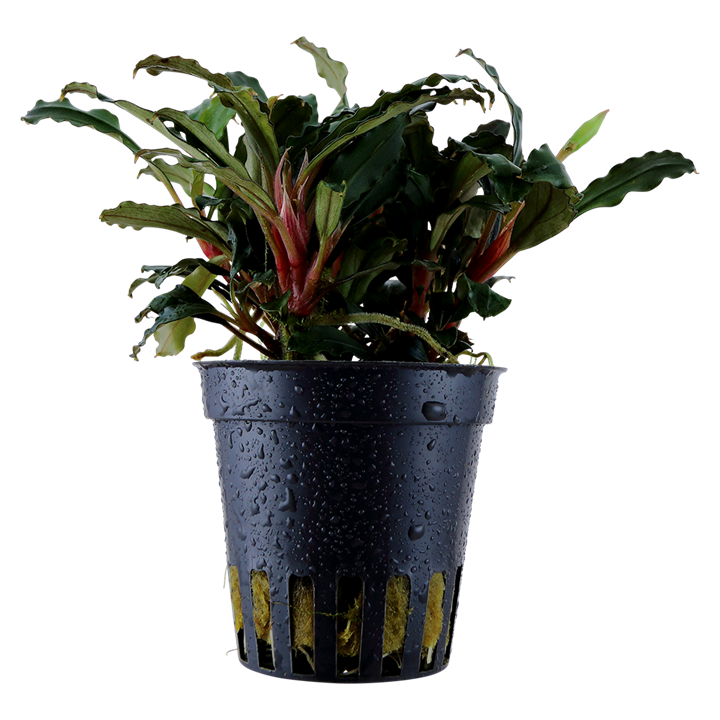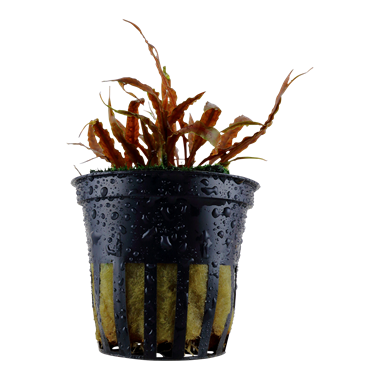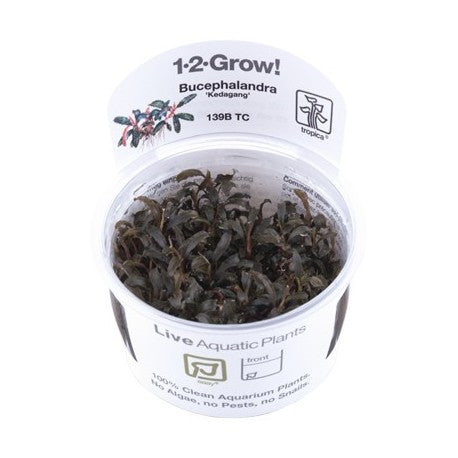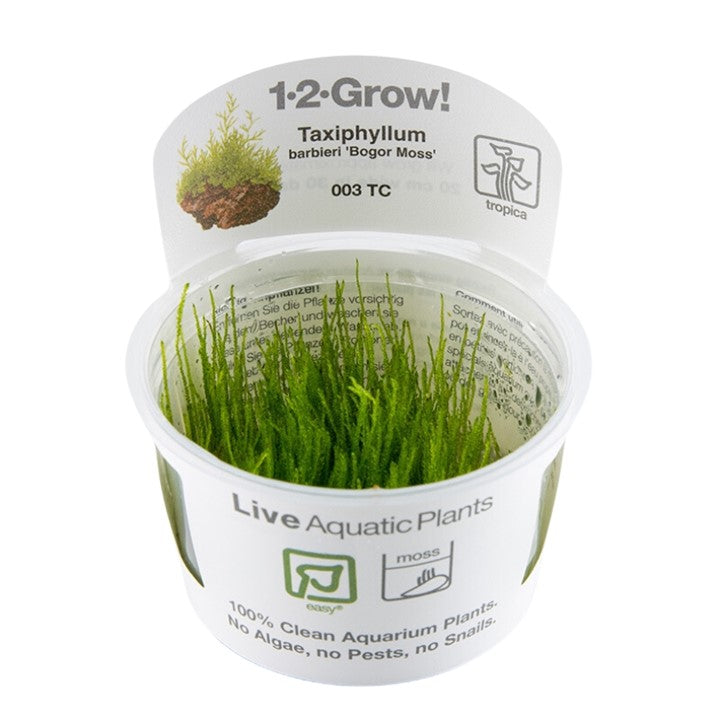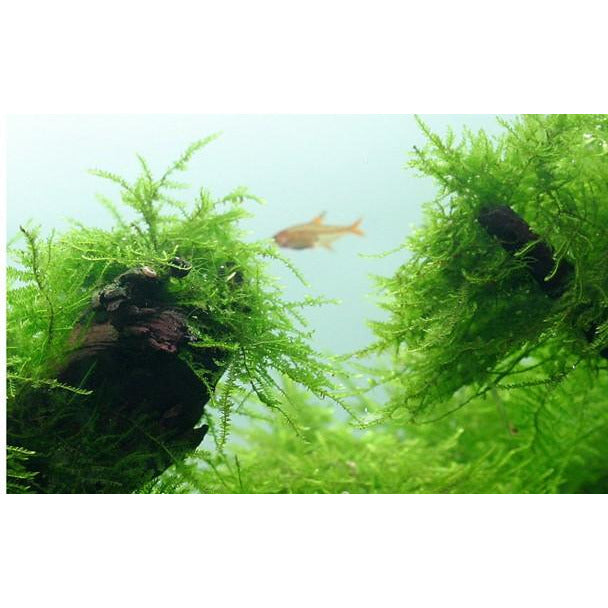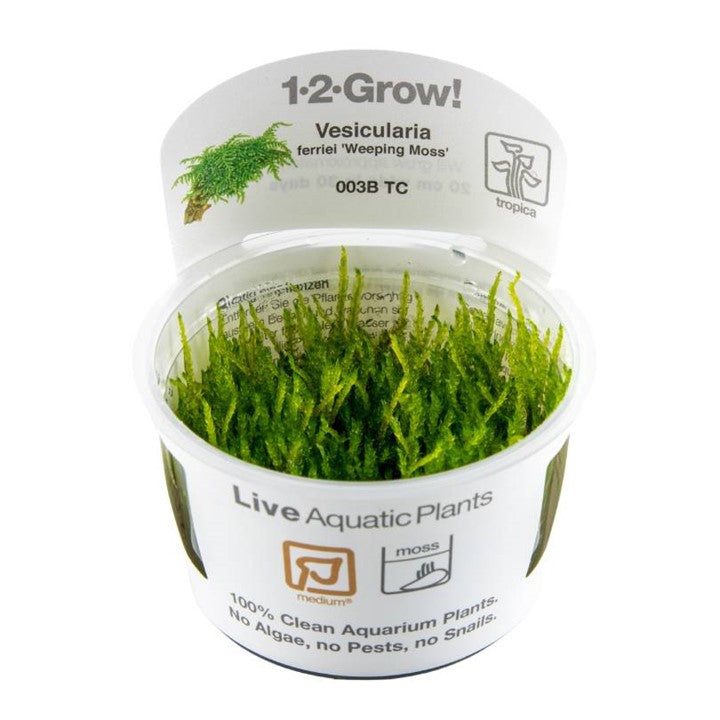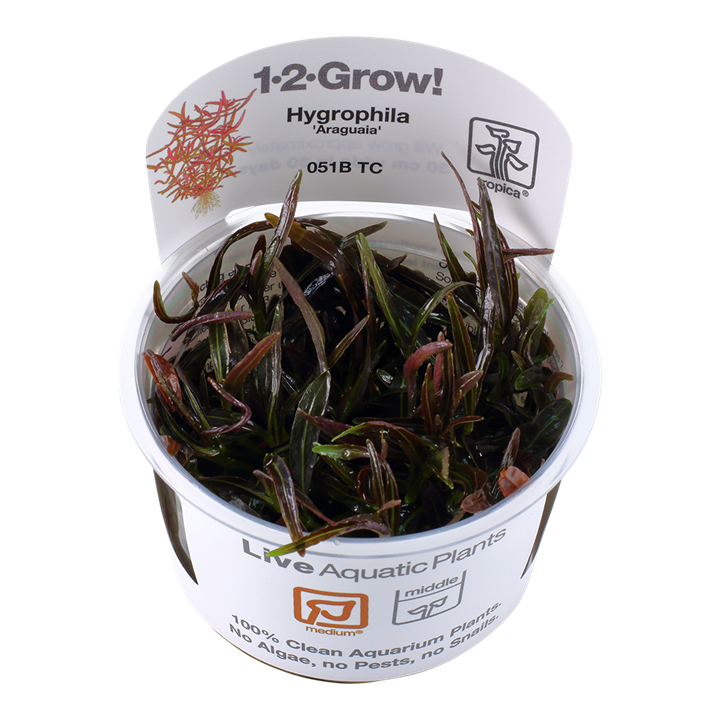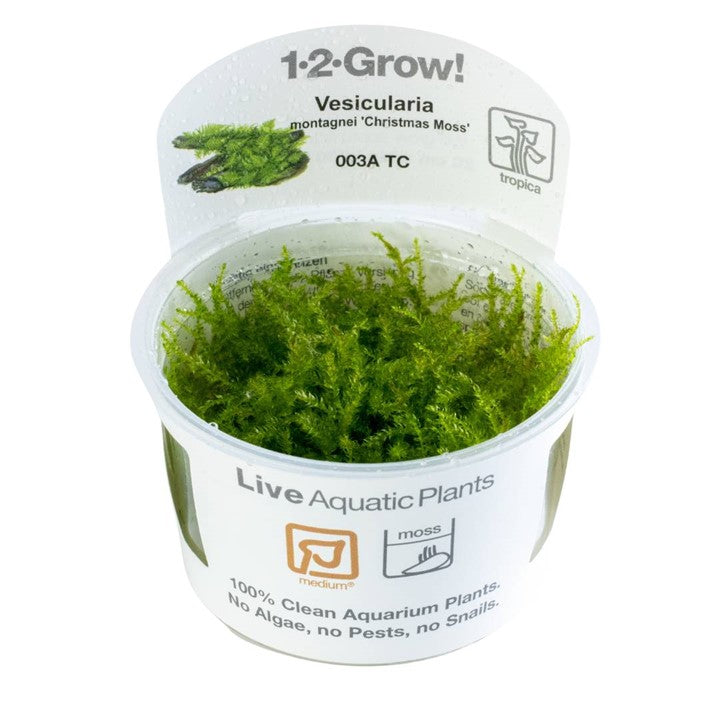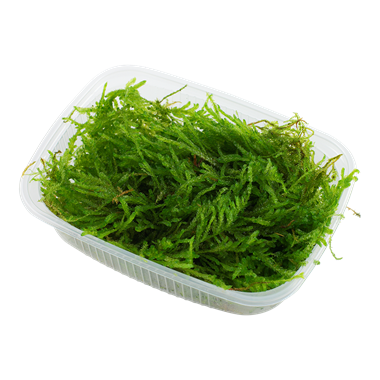
Pest Snails in the Aquarium – What You Need to Know & How to Get Rid of Them

Pest Snails in the Aquarium – What You Need to Know & How to Get Rid of Them
Snails are often a controversial topic among aquarium hobbyists. While some snail species can be beneficial to your tank’s ecosystem, others are considered pests. These so-called "pest snails" can appear overnight and multiply rapidly, leading to frustration for aquarists of all experience levels.
In this blog, we’ll cover the most common types of pest snails, why they become a problem, and how you can manage or remove them from your freshwater aquarium.
Common Types of 'Pest' Snails
1. Malaysian Trumpet Snails (Melanoides tuberculata)
These snails are often considered pests, but they do have some benefits. They burrow into the substrate, helping to aerate it and prevent gas buildup. Like other pest snails, they feed on leftover food and detritus—and can quickly multiply if the tank isn’t kept clean.
2. Bladder Snails (Physa spp.)
Often confused with pond snails, bladder snails have a sinistral (left-handed) coiled shell. They’re small, harmless in small numbers, but reproduce rapidly.

3. Mini Ramshorn Snails (Planorbidae family)
These snails have a flat, red spiral-shaped shell and can actually be quite attractive. However, like others on this list, they breed quickly and can overrun a tank if left unchecked.

How Do Pest Snails Get Into Your Aquarium?
The most common way pest snails enter your tank is through live plants. Tiny eggs or juvenile snails can hitch a ride on plant leaves or stems, even if they’re not immediately visible. They may also be introduced through substrate, decorations, or filter media transferred from other tanks.
While live plants are the most common way pest snails enter aquariums, they're not the only route. Snails or their eggs can also hitch a ride on:
-
Gravel or decorations transferred from other tanks or second hand materials
-
Filter media or equipment that's been shared between setups
-
Fish bags or nets if they’ve come from tanks with snail presence
When buying live plants if you want to 100% fully avoid pest snails buy Tissue culture aquarium plants, these are 100% guaranteed to be pest free as they are lab grown. Not all plant species are available in this form, some are potted aquarium plants which can never be guaranteed to be pest free, this is fine you are still safe to buy, just choose a reputable store if you are buying online or if in store inspect the plant selling systems to make sure it's not full of pest snails before you purchase. If you happen to notice any pest snails it really isn't the end of the world, check out our advice below.

Tissue Culture Aquarium Plant from Horizon Aquatics (pest snail free)
Are Pest Snails a Problem?
Whilst they generally don't cause harm they can look unsightly. At Horizon we don't see them as the dreaded issue some do, they are quite easy to get rid of with the correct procedures.
-
Overpopulation: Pest snails reproduce rapidly, especially in tanks with excess food or decaying plant matter.
-
Aesthetic Issues: A tank overrun by snails can look unkempt and messy.
-
Filter and Equipment Clogs: Snails can crawl into filter intakes and impellers, potentially causing damage or reducing efficiency.
Managing and Removing Pest Snails
1. Manual Removal
Use a siphon or net to physically remove snails during regular maintenance. Snail traps are also available and can be an effective passive method. You can actually also add a piece of potato or cucumber and wait for a load to gather then manually remove.
2. Reduce Overfeeding
Overfeeding fish is a major cause of snail explosions. Uneaten food becomes a buffet for snails and their eggs. Feed only what your fish can eat within 2–3 minutes.
3. Introduce Natural Predators
Certain fish or other snails species like assassin snails, loaches (e.g., clown loaches, Rosy Loaches), and puffers will eat pest snails. Be sure they are compatible with your tank setup before introducing them as some may also eat shrimp!
4. Chemical Treatments (Use with Caution)
Whilst not our favourite choice and we would always avoid this where possible, there are snail-killing chemicals available, but they should be used sparingly. Dead snails can foul water quality, and some medications may harm invertebrates or sensitive plants.
You can however get forms of none chemical natural bacterias in liquid or ball form that help break down the food source of the snails 'detritus' quicker, like Seachem Pristine and Evolution aqua Pure Aquarium Waste Remover.
5. Good Maintenance Routine
Having a good maintenance routine is what we think is most important for the reduction or complete removal of pest snails. Good maintenance reduces the waste 'detritus' in the aquarium which is the main food source of the snails
Pest Snails and Detritus – A Hidden Food Source
Pest snails thrive in tanks with an abundance of detritus a mix of leftover fish food, decaying plant matter, and fish waste. This organic material provides a steady food supply, allowing snail populations to grow rapidly. By keeping your tank clean and performing regular maintenance like gently wafting over the substrate whilst siphoning water, trimming dead plant leaves, and avoiding overfeeding, you’ll significantly reduce the food source that pest snails rely on. A cleaner tank means fewer snails and a healthier environment for your fish and aquatic plants.
Final Thoughts
Don't freak out about pest snails! While pest snails can be annoying they aren't that bad, we don't get many as we are clean freaks at Horizon and we know many people dread pest snails so we keep our plant systems super clean, we are normal though and do get them from time to time but with our maintenance schedules they don't become a problem, so they shouldn't for you either.
Remember: not all snails are bad! Some, like Nerite snails, are fantastic tank mates and algae cleaners, which don't reproduce in freshwater. It’s all about knowing what you’re bringing into your aquarium.


